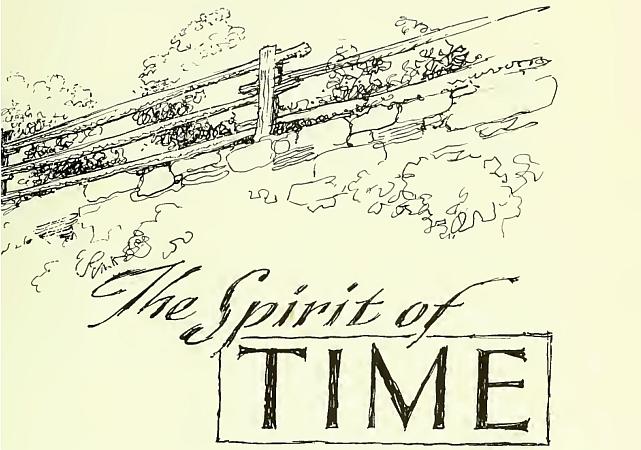You probably know him from TV because he has been a ubiquitous presence since the beginning of the pandemic lockdowns, defending the government’s actions and pushing the vaccines from the company whose board he serves.
Gottlieb complained that the tweet is “corrosive” and might “go viral.” Twitter acted by slapping a “misleading” tag on the tweet, one that still remains to this day.
Here is the email.
Now, one might observe that Gottlieb is merely a private person and that it was certainly his right to object to anyone’s opinions. Maybe that’s true, except that he served Pfizer at the time and his company enjoyed billions in subsidies to make its product which not only gained a patent but benefitted from product-liability protection that is conventional with such vaccines. In addition, the product was only distributed thanks to an Emergency Use Authorization that bypassed the usual federal standards.
That aside, he had been massively influential on lockdown policies from the very beginning, urging the Trump administration to be as extreme as possible in its attack on civil liberties and freedoms.
“As we dealt with the shortage of cotton swabs and other supplies, we faced another problem: the need to develop public health guidelines. Given that people across the country were confused and concerned, Birx and Fauci had been discussing the need for a unified set of federal standards to help Americans understand what they should do to keep themselves safe and slow the spread of the virus. They insisted that these guidelines would help prevent hospitals from becoming overwhelmed. Despite all the talk over the past week, no one had taken steps to produce a document. When Nat Turner flagged the issue, I asked him to coordinate with Derek Lyons to produce a draft and encouraged him to call Dr. Scott Gottlieb, the former head of the FDA and a renowned public health expert. I had been trying to persuade Gottlieb to come back into government for a short-term stint to help us better organize our response and support our effort to develop a vaccine.
“When we called Gottlieb, he was grateful that we were preparing guidelines. ‘They should go a little bit further than you are comfortable with,’ he said. ‘When you feel like you are doing more than you should, that is a sign that you are doing them right.’”So here we have a former government official now working as a board member for one of the companies chosen to produce and distribute vaccines who was directly involved and hugely influential in crafting a policy for the Trump administration that ended up not only dooming the Trump presidency but setting the entire country on the course to recession and a public health crisis. Still Pfizer benefited, obviously.
Sure enough, he got his way and the Trump administration issued the draconian guidance: “bars, restaurants, food courts, gyms, and other indoor and outdoor venues where groups of people congregate should be closed.”
And why call out Gottlieb alone when many thousands of serious scientists and medical professionals would have strongly advised against locking down?
This is why what Berenson reports here is so significant. Gottlieb was anxious not only to lock down the entire country but also to censor any report on what used to be common-sense observations about natural immunity, even when it comes from credentialed experts and cites peer-reviewed studies.
After his lockdown advocacy, and before his intervention to pull down a tweet celebrating natural immunity, but only after the vaccine came to market, he took to the pages of the Wall Street Journal to say that the CDC had gone too far, especially with its enforcement of social distancing: “The reliance on a flu model caused public-health authorities to underestimate and overestimate Covid in important ways.”
The person and role of Gottlieb is a paradigmatic case of why and how unraveling the mysteries of the lockdowns and vaccine mandates is such a complicated undertaking. It’s not just about government intervention and it’s not just about private corruption. It’s about a complicated relationship between the two, involving a range of public and private actors in and out of government who seized control of the policy machinery to achieve private ends at enormous public expense.






